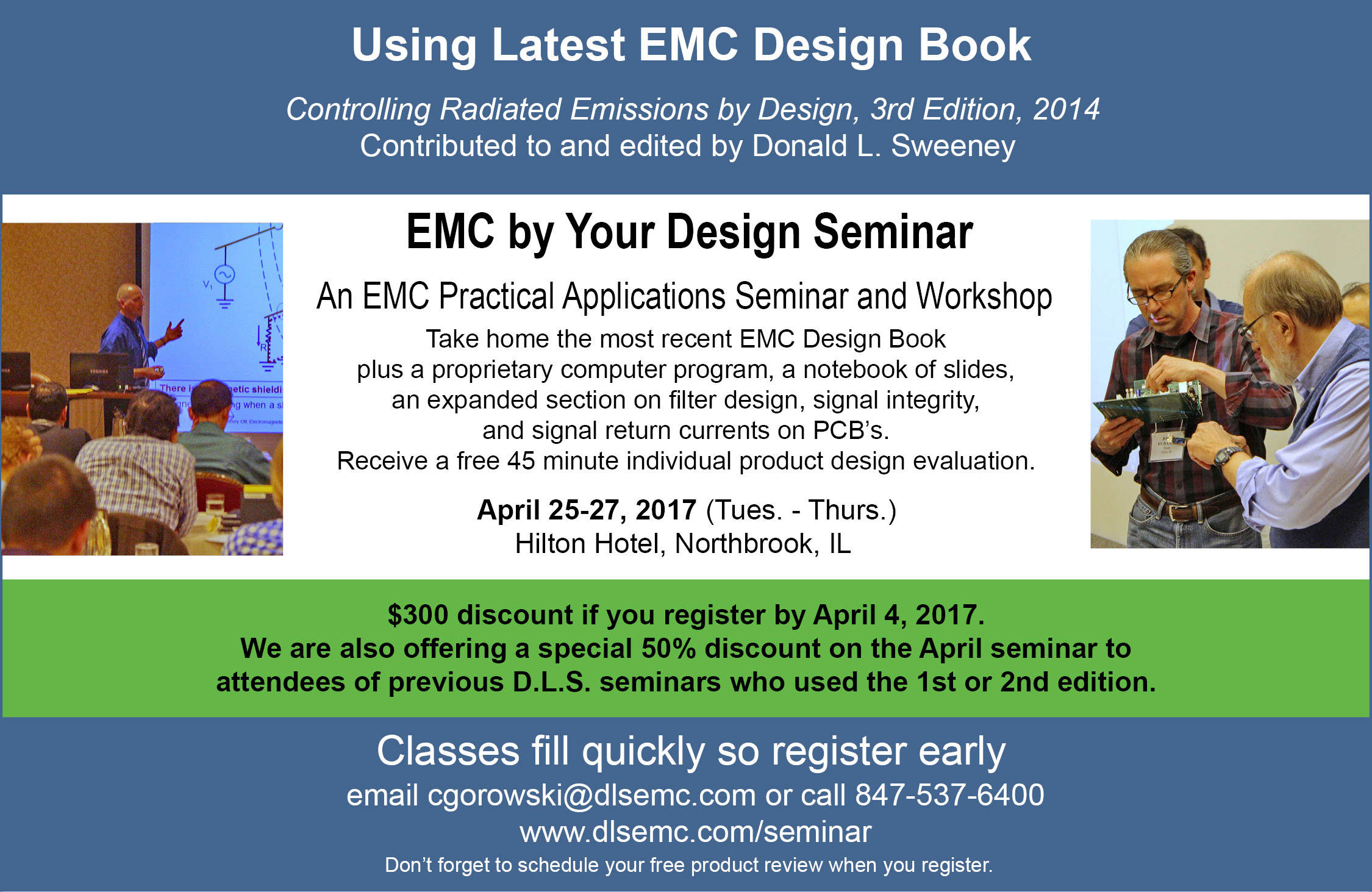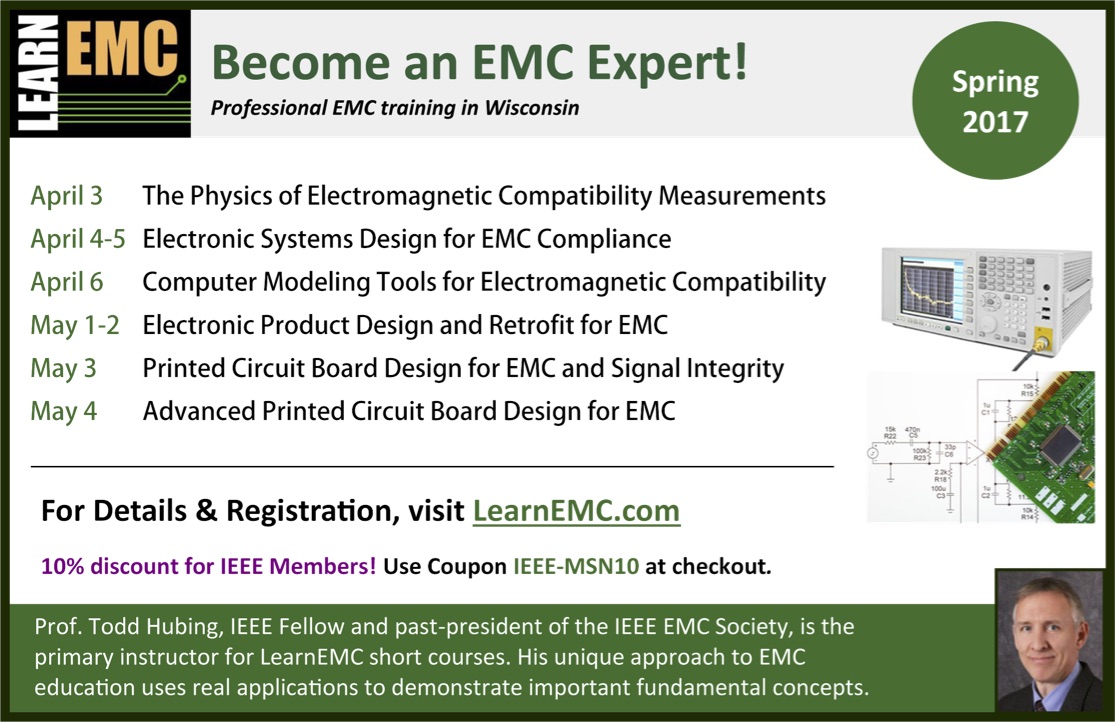

|
Madison Section NewsletterNewsletters are archived online at http://ieee-msn.truenym.net/news.html. |
| Vol. 20, No. 3 | Serving IEEE Members of South Central Wisconsin | March 2017 |
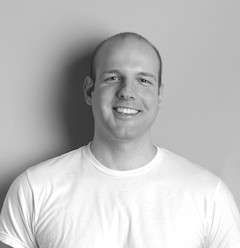
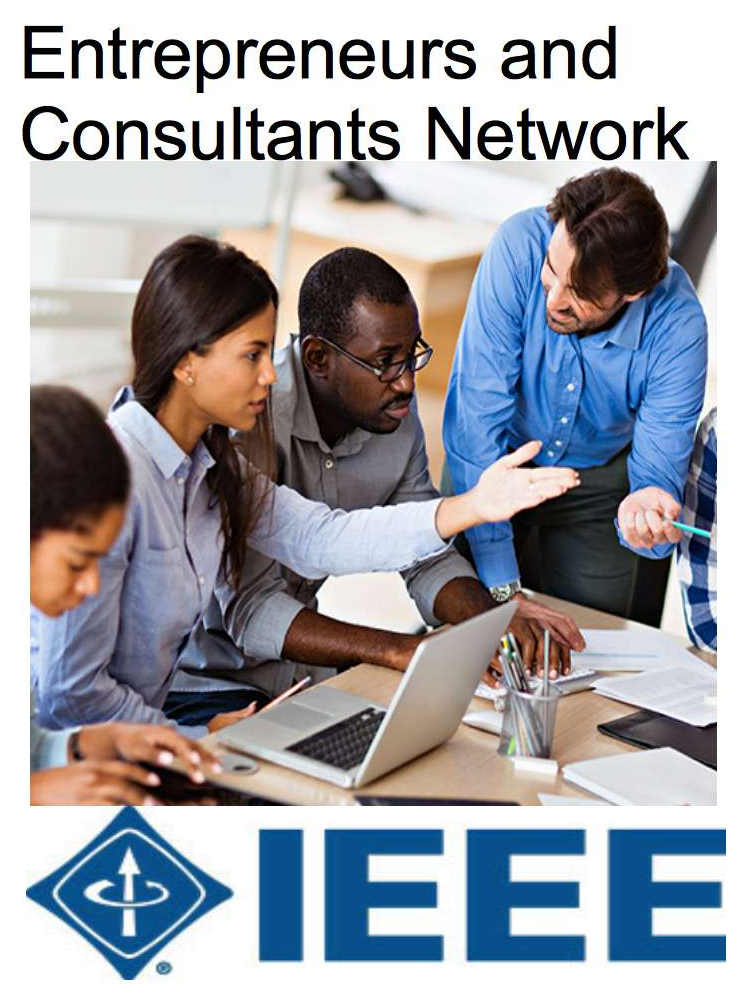
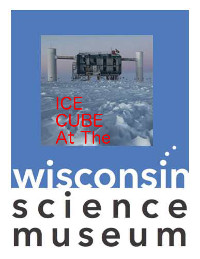

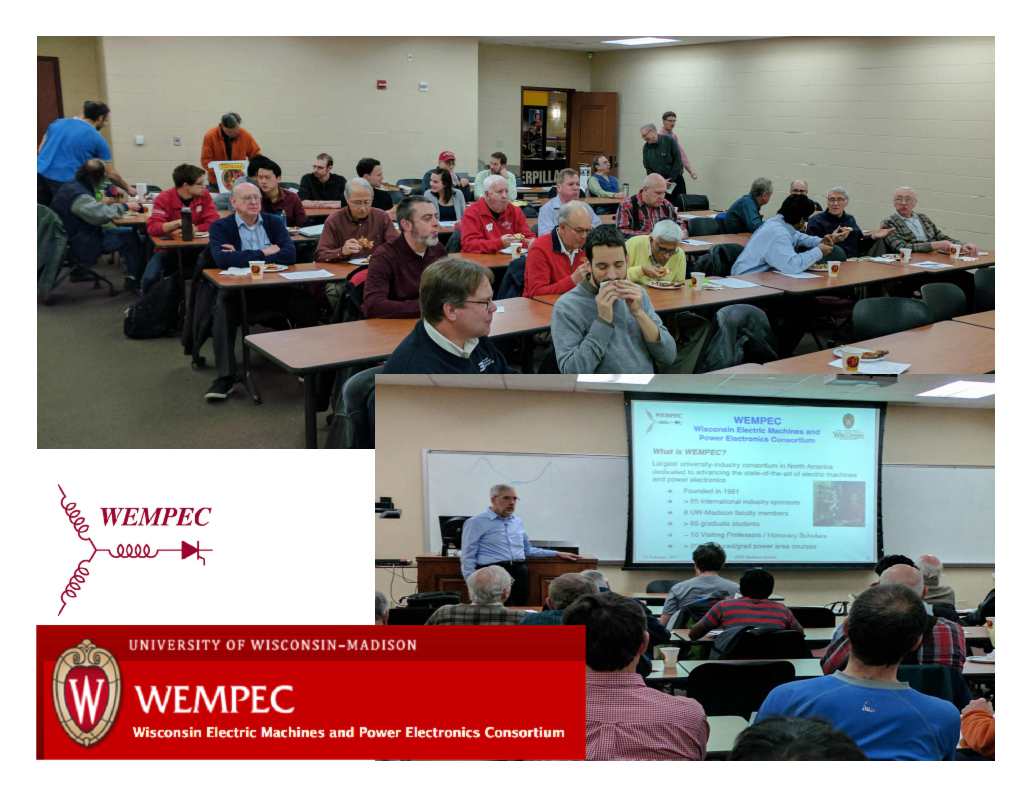
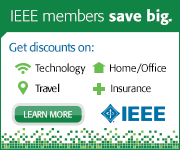 The
Institute of Electrical and Electronics Engineers or IEEE (read
Eye-Triple-E) is an international non-profit, professional
organization dedicated to advancing technology innovation and
excellence for the betterment of humanity. IEEE and its members
inspire a global community through IEEE's highly cited publications,
conferences, technology standards, and professional and educational
activities. It has the most members of any technical professional
organization in the world, with more than 300,000 members in around
150 countries. The IEEE consists of 38 societies, organized around
specialized technical fields, with more than 300 local organizations
that hold regular meetings. Discover what IEEE Member Discounts can
offer you. The Member Discounts portfolio consists of insurance
products and programs for the home, office and travel, all at
excellent group rates and reduced pricing. Visit IEEE Member Discounts
to see what’s available in your location and enjoy the savings. For
more information, please visit: IEEE.ORG.
The
Institute of Electrical and Electronics Engineers or IEEE (read
Eye-Triple-E) is an international non-profit, professional
organization dedicated to advancing technology innovation and
excellence for the betterment of humanity. IEEE and its members
inspire a global community through IEEE's highly cited publications,
conferences, technology standards, and professional and educational
activities. It has the most members of any technical professional
organization in the world, with more than 300,000 members in around
150 countries. The IEEE consists of 38 societies, organized around
specialized technical fields, with more than 300 local organizations
that hold regular meetings. Discover what IEEE Member Discounts can
offer you. The Member Discounts portfolio consists of insurance
products and programs for the home, office and travel, all at
excellent group rates and reduced pricing. Visit IEEE Member Discounts
to see what’s available in your location and enjoy the savings. For
more information, please visit: IEEE.ORG.
